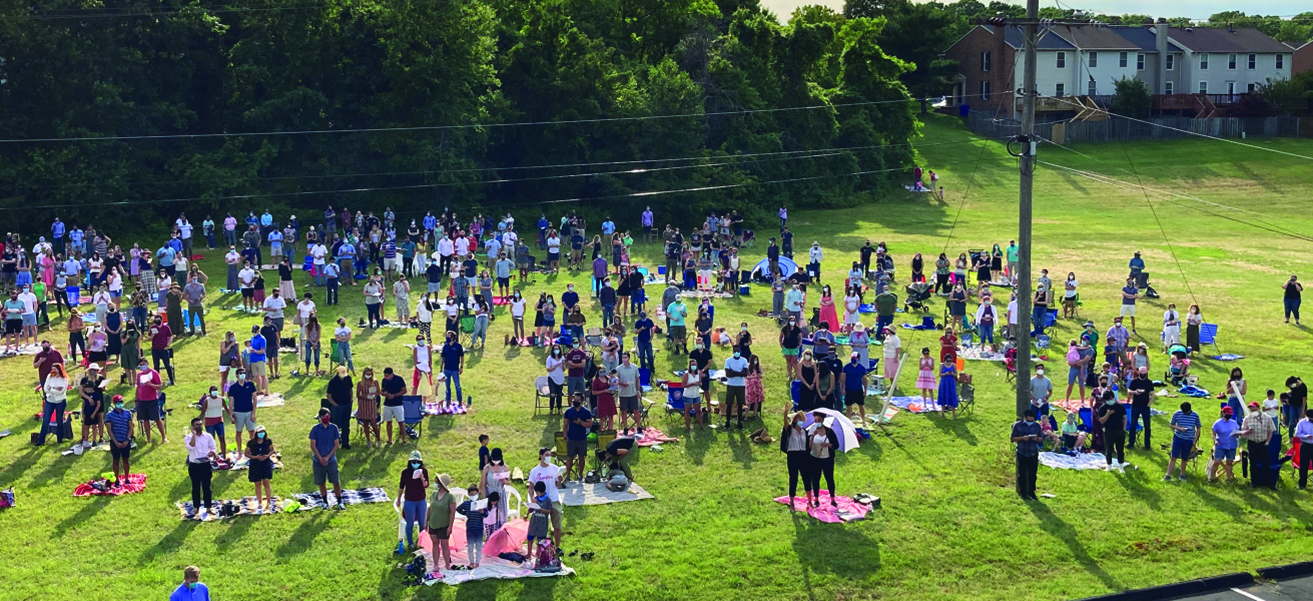Chapter 4: Civil Liberties
Introduction to Civil Liberties

Recent Black Lives Matter demonstrations across the nation provide an example of the freedom of assembly protected by the Bill of Rights. This right may now be in jeopardy as bills in several state legislatures threaten peaceful gatherings and even shield citizens who attack such protesters. Fights like this—in the streets, courts, legislatures, and public opinion—are hardly unique in U.S. history. In fact, they are the main driver of political change. The COVID-19 pandemic offers new examples that involve real and perceived infringement on the rights of individuals: to mingle unmasked, to gather in close proximity, or even to assemble at all.[1]
The framers of the Constitution wanted a government that would not repeat the abuses of individual liberties and rights that caused them to declare independence from Britain. However, laws and other “parchment barriers” (or written documents) alone have not protected freedoms over the years; instead, citizens have learned the truth of the old saying (often attributed to Thomas Jefferson but actually said by Irish politician John Philpot Curran), “Eternal vigilance is the price of liberty.” The actions of ordinary citizens, lawyers, and politicians have been at the core of a vigilant effort to protect constitutional liberties.
But what are those freedoms? And how should we balance them against the interests of society and other individuals? These are the key questions we will tackle in this chapter.
- Mary Louise Kelly, Karen Zamora, Mia Venkat, and Sarah Handel, "Wave of 'Anti-Protest' Bills Could Threaten First Amendment," NPR, 30 April 2021, https://www.npr.org/2021/04/30/992545210/wave-of-anti-protest-bills-could-threaten-first-amendment. ↵

